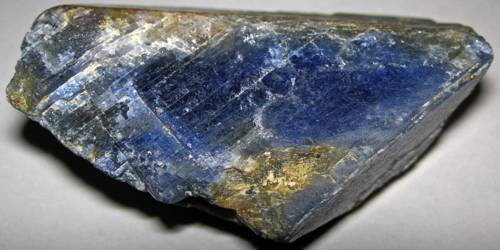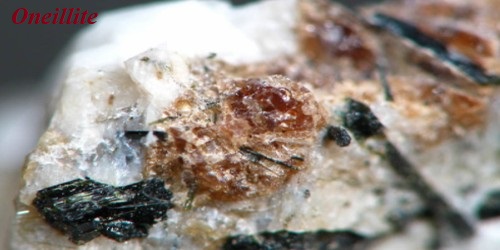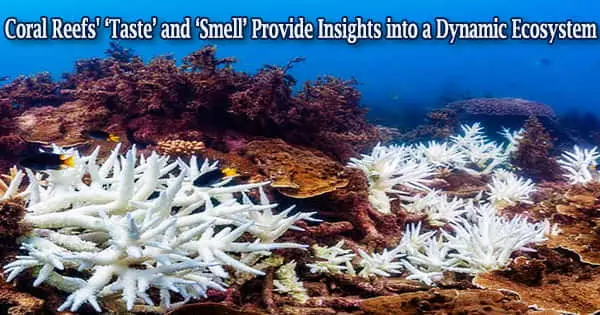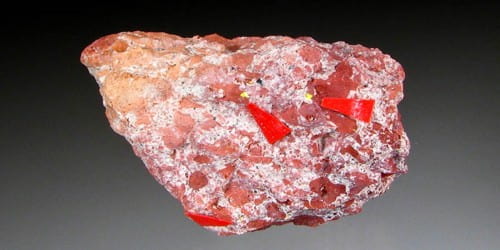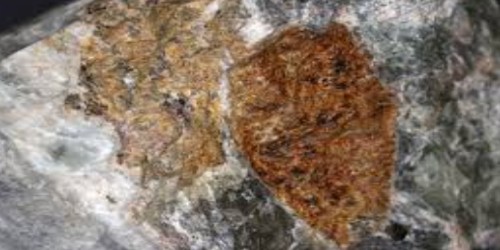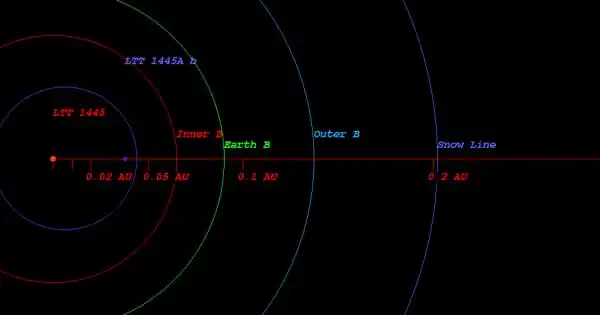Corundum is a crystalline form of aluminum oxide (Al2O3) typically containing traces of iron, titanium, vanadium, and chromium. It is the third hardest natural mineral known to science. It is a rock-forming mineral. The hardest mineral, diamond is still four times harder than corundum.
It is a very hard mineral that consists of aluminum oxide occurring in massive and crystalline forms, that can be synthesized, and that is used for gemstones and as an abrasive. The name “corundum” is derived from the Tamil word Kurundam, which originates from the Sanskrit word Kuruvinda meaning ruby.
General Information
- Category: Oxide mineral – Hematite group
- Formula: Aluminum oxide, Al2O3
- Crystal system: Trigonal
- Crystal class: Hexagonal scalenohedral (3m)

Properties
It is commonly used as an abrasive on everything from sandpaper to large machines used in machining metals, plastics, and wood. Some emery is a mix of corundum and other substances, and the mix is less abrasive, with an average Mohs hardness of 8.0.
In addition to its hardness, corundum is unusual for its density of 4.02 g/cm3, which is very high for a transparent mineral composed of the low-atomic mass elements aluminum and oxygen.
- Color: Colorless, gray, brown; pink to red, orange, yellow, green, blue, violet; may be color zoned, asteriated mainly grey and brown
- Cleavage: None – parting in 3 directions
- Fracture: Conchoidal to uneven
- Tenacity: Brittle
- Mohs scale hardness: 9 (defining mineral)
- Luster: Adamantine to vitreous
- Streak: White
- Diaphaneity: Transparent, translucent to opaque
- Specific gravity: 3.95–4.10
It is a naturally transparent material but can have different colors when impurities are present. These impurities are the presence of transition metals in the crystal structure of corundum. Corundum has two primary gem varieties, ruby, and sapphire. Rubies are red due to the presence of chromium, and sapphires exhibit a range of colors depending on what transition metal is present.
Occurrence
Corundum occurs as a mineral in mica schist, gneiss, and some marbles in metamorphic terranes. It also occurs in low silica igneous syenite and nepheline syenite intrusives. Other occurrences are as masses adjacent to ultramafic intrusives, associated with lamprophyre dikes and as large crystals in pegmatites. It commonly occurs as a detrital mineral in stream and beach sands because of its hardness and resistance to weathering.
Information Source;
